Dwarf Labrador: what does it look like and how to care for it?

Small dogs are persistently becoming fashionable, so breeders are often working to reduce the size of popular and loved by many breeds. Labrador possesses a set of the best qualities, it is kind, gentle and smart. However, the dimensions of such dogs are quite impressive, which makes it not very convenient to keep them in city apartments. Therefore, there were dwarf Labradors, which are also called "mini".

Peculiarities
The Labrador is a fairly large and very energetic dog. She needs special conditions of detention for a comfortable life, therefore, connoisseurs of the breed received with great interest the appearance of its miniature representatives.
However, it should be borne in mind that officially mini-Labradors are not recognized, and, accordingly, are not registered anywhere.
Moreover, breeders and dog handlers claim that Labrador dogs that do not meet the standards are considered a marriage. They cannot be presented at exhibitions. Even the breeding of such animals is officially prohibited.

Origin story
There is no exact data on how such dogs appeared. However, several versions of this fact have been put forward. One of them is a genetic mutation, in which the mother was a full-fledged representative of the breed, and the father was a dwarf. In general, such specimens should be subject to rejection. But unscrupulous breeders could hide this moment.

Another option is crossing dogs-relatives. In cynology, this process is called inbreeding.Puppies have 2 identical genes, which, in turn, negatively affects growth, which stops before reaching the norm. There is a similar situation with the crossing of representatives of different breeds. However, if you mix large dogs, the puppies will also not be small. Therefore, there is a version that mini-Labradors appeared with the intervention of mongrels of not too large sizes.

Other options include diabetes mellitus, malfunctioning of the heart, blood vessels and thyroid gland, a small amount of growth hormone. Also, the cause may be kidney dysfunction, skeletal dysplasia, any hormonal disruptions in the body of the parents.

You should not believe the stories that mini-Labradors are in great demand in other countries, as this is not true.
Moreover, a breeder cannot put up for sale such dogs, even those with pedigree documents. It is also an erroneous version that this breed was specially bred for the detention of criminals and hunting.
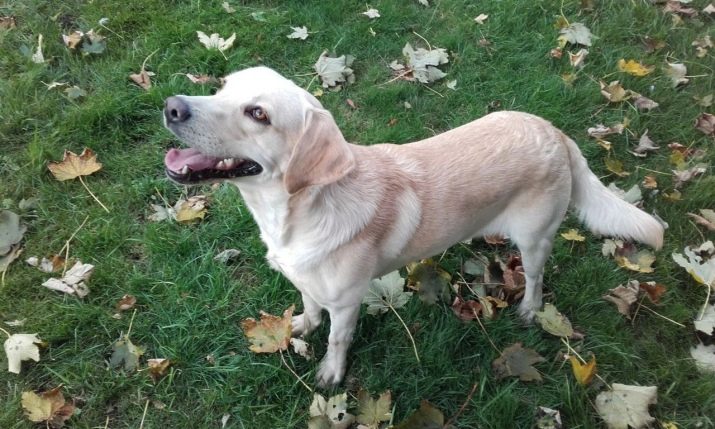
Description and character
These dogs look very cute. They differ from their large counterparts in growth, which is less than about 20 centimeters.
Since the origin of this breed does not find official confirmation, it is difficult to make predictions about what kind of character the animal will have. Assuming that the puppy will inherit the qualities of the official representatives of the breed, he should be friendly, completely non-aggressive, active and cheerful. Also the doggie should be different intelligence, ingenuity, learning ability, calm disposition and devotion.

However, when it comes to mixing with another breed, completely unexpected traits can appear in the character of the mini-Labrador. Some of them come to the fore not from childhood, but at a more mature age. Also, one cannot but take into account that small dogs are very often hysterical and aggressive, they are distinguished by unreasonable barking.
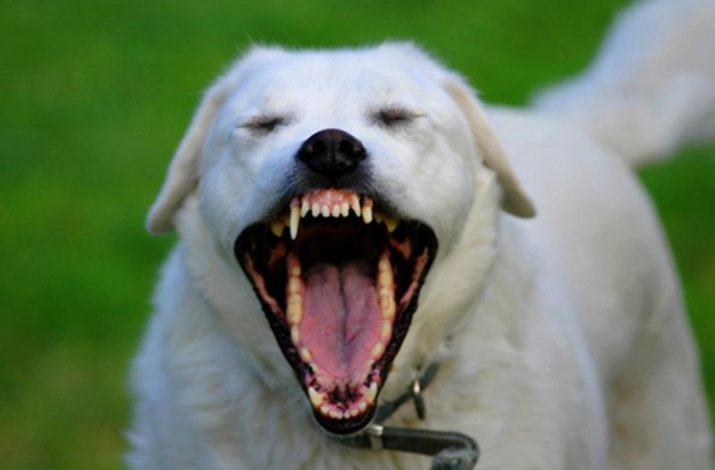
Be that as it may, a small dog is not the norm. For this reason, among such pets there are those who have a not very stable psyche. Since growth is the result of mutation, this leads to a disruption in the functioning of any system of the body, and whether this relates to the mental state of a dwarf Labrador is a controversial issue.
Even proper upbringing and training does not always allow solving such problems, since there is no escape from natural qualities.
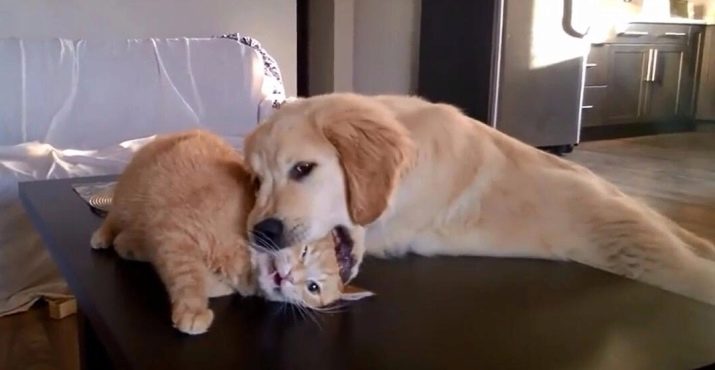
Advantages and disadvantages
Among the advantages of dwarf Labradors, one can note their compact size, which allows you to easily get such an animal even in a small city apartment. They are able to inherit the qualities of full-fledged representatives of the breed, which means they will be able to find contact with children, they will be excellent guides and companions. Such dogs are very playful, sociable, friendly to people.
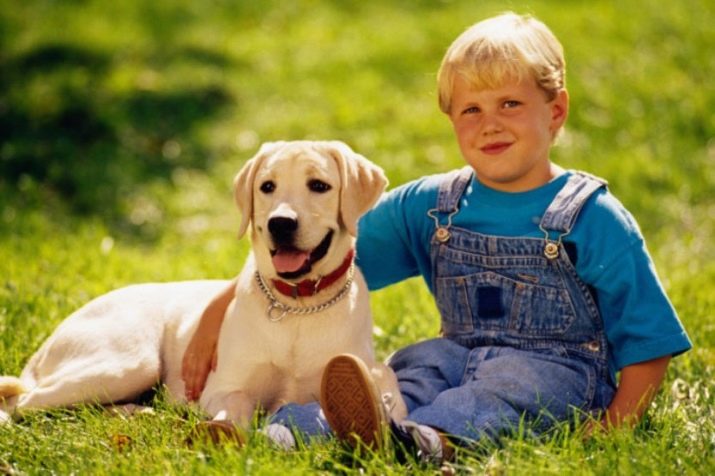
Among the shortcomings of the breed, it is worth noting that doggies hate loneliness... If you do not educate them, mini-Labradors can cause a lot of problems due to their increased activity, in addition, they need to arrange long walks. Such dogs shed all year round. Due to their good-natured disposition, it is not possible to use them as guards.

Life expectancy and illness
On average, Labradors can live 10 to 14 years. The life span of dwarf individuals is lower - from 8 to 12 years. There are explanations for these indicators. First of all, we are talking about genetic abnormalities. A related crossing or the presence of a dwarf gene not only lowers immunity, but also contributes to faster aging.

Health is another vulnerable point for mini-pets. Dogs can suffer from diseases of the eyes and hip joints, they often have problems with their teeth.In addition, animals are prone to hydrocephalus, disruption of the stomach and intestines, allergic reactions, mastocytoma, and strokes.
Experts advise be sure to castrate the dogs. This procedure normalizes the work of the brain and hormones, and also has a good effect on the behavior of the dog, making it calmer and more affectionate.
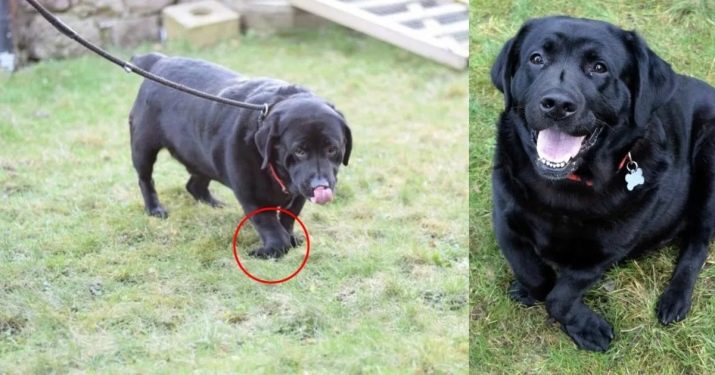
Care and maintenance
Every animal needs grooming. As for the dwarf representatives of the breed, caring for them is no more difficult than for large ones. Dogs will need to be combed once a week, if necessary, clean their fur, ears and eyes, and cut their nails. Water procedures should not be abused, they are needed only when the doggie is really dirty.
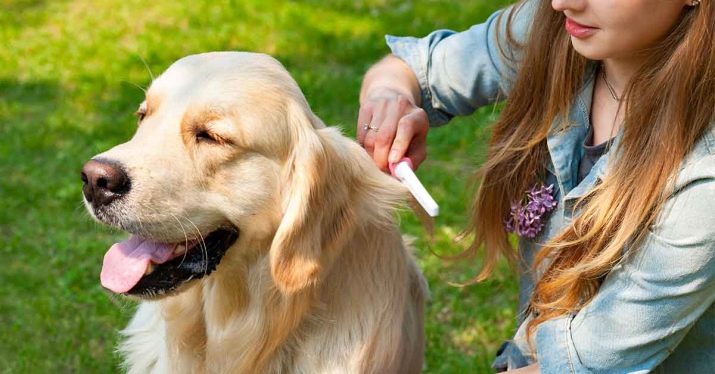
During the season, you need to carry out antiparasitic treatment using special preparations. Dogs can be bitten by a tick, therefore, after each walk, it is required to inspect the coat for the presence of these insects. Pets also love to walk, and are very active, so you need to spend a couple of hours a day in the fresh air, playing outdoor games with your pet.
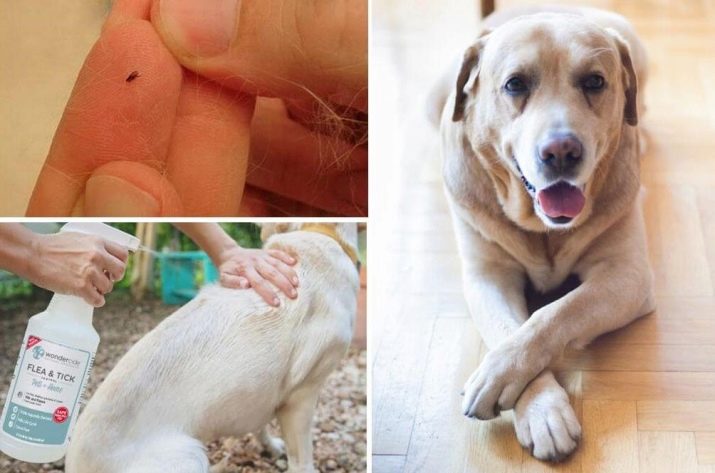
Mini Labradors should be seen regularly by your veterinarian. They will need all the required vaccinations. In the house, you need to allocate a place for the dog and put a comfortable bed there. You also need to purchase dishes, a leash and a harness. To raise a pet, it is worth taking a training course or doing it yourself.
However, experts recommend using the services of a professional trainer, these animals and their character are too unpredictable.

What to feed?
The Labrador breed, regardless of size, has an excellent appetite. Therefore, when drawing up a diet, it is required not only to decide whether there will be specialized feed or natural food here.
It is also important to carefully monitor the amount of food so that the dog does not overeat.
In a healthy, well-developed dwarf Labrador, ribs can be easily felt.
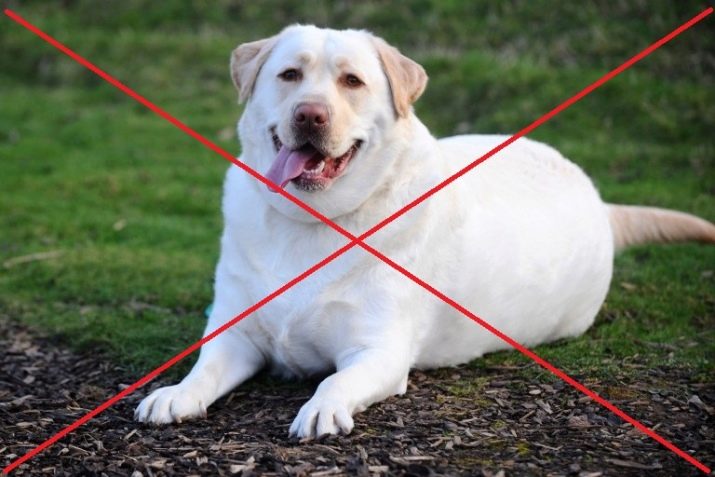
Experts recommend not to mix natural food and dry food, otherwise it can lead to problems of the gastrointestinal tract, and even cancer.
Pork, milk, salted and smoked products, river fish without heat treatment, potatoes and beans should be excluded. But vitamin complexes will only benefit the animal. Half of the diet should be offal and meat, and another half: vegetables, cereals, fruits, herbs, dairy products. In addition, the pet can be given no more than 2 boiled chicken eggs per week.
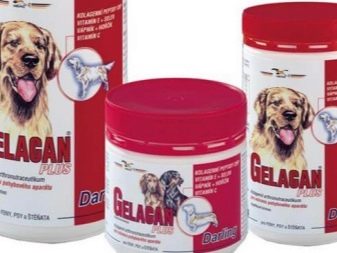

How to choose?
Those who decide to get a dwarf Labrador retriever will have to face the main problem - there are simply no nurseries where they can be officially purchased. Therefore, you will have to monitor social networks and look for private ads. In this case, most often it is not possible to see the parents of the dog. She also does not have documents, so the main emphasis should be on visual inspection.

The main thing is that the future pet is healthy. To do this, you need to evaluate its external data, the condition of the coat, eyes and ears. You should also observe the behavior of the puppy, he should be friendly, active, not afraid of people and easily make contact. If you are lucky, you will be able to acquire a reliable friend and loyal companion who will delight its owners for many years. However, it must be borne in mind that there is still a risk in this case, therefore, such a decision must be approached with maximum responsibility.
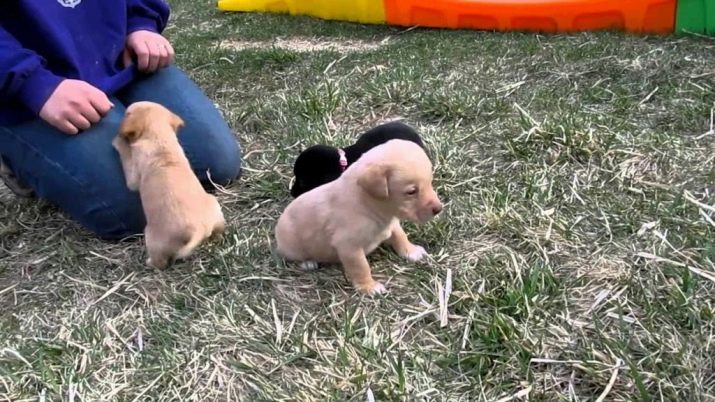
How to properly care for a Labrador puppy can be seen in the next video.






































